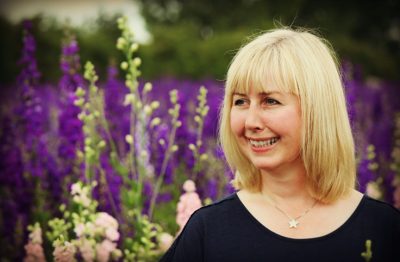Irises – the perfect perennial?
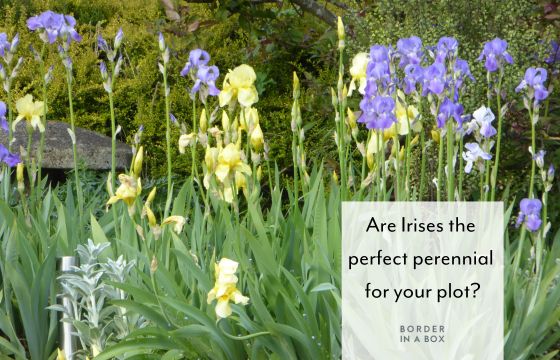
Are Irises the perfect perennial?
My Mum received a little Iris in a pot – so beautiful and delicate, but had no plant tag to identify the variety. I went online and saw a myriad of plants, so of course, I had to find out more. Apparently they’re one of the easiest perennials to plant and grow in a sunny garden!
Is it a bulb or a rhizome? Both – but depends on the variety! I’m going to talk about two varieties which are the most common and simple to grow – Iris reticulata and Iris germanica.
Please note, the whole plant is toxic, so do NOT eat them.
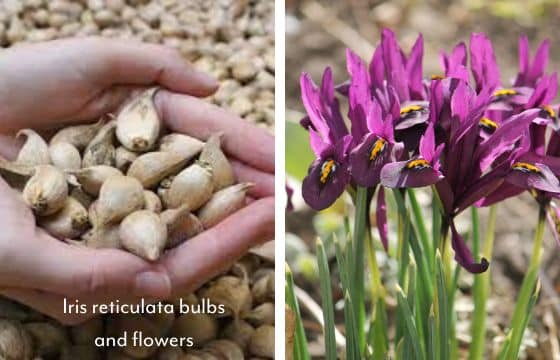
Iris reticulata are bulbs and come in many colours, from icy pale blues to vibrant purples. The best time to sow them is in the autumn (from September to mid November) in the front of a border or a pot. They grow to around 15cm tall and flower early in the year – January-February timeframe.
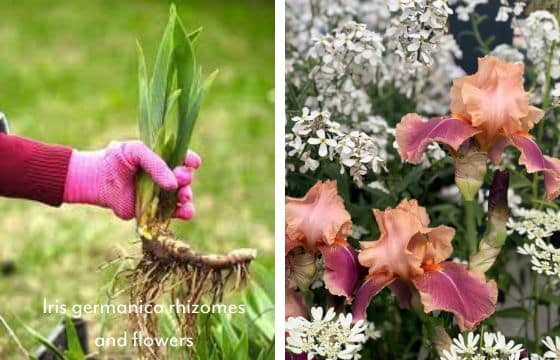
Iris germanica are often called Bearded Irises and are really easy to grow and maintain. They’re rhizomes (rather than bulbs) and are called bearded iris because of their distinctive flowers which have upright petals called “standards” and cascading petals called “falls”. Running down the centre of each fall is a “beard” that resembles a furry caterpillar.
The best time to plant the rhizome is in late summer. They can grow between 60-90cm tall depending on the variety.
Plant shallowly with the upper part of the rhizome sitting on the surface of the soil in a sunny position in moist but well drained soil, After planting remove the uppermost third of the leaves to protect against wind-rock. Remove the stems after flowering from the base as this will concentrate the plant’s energy into producing new rhizomes.
It’s important to plant the rhizome in full sun (at least 6- 8 hours a day) to ensure they stay dry (and don’t rot) plus they need enough light to encourage the flowers to bloom.
What flowers go well with Irises?
If you’re wondering what to grow with your Irises, it really depends on your colour scheme.
For a complimentary colour scheme (colours on the opposite side of the colour wheel.) try Euphorbia with its acid green flowers. It packs quite a punch!
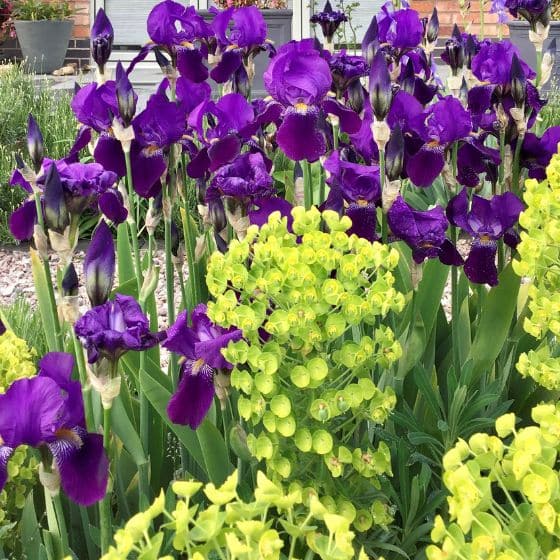
For a harmonious colour scheme (colours that sit beside each other on the colour wheel.) like the Mediterranean style Bronze Fennel and Alliums. Which is a much softer and calmer vibe.
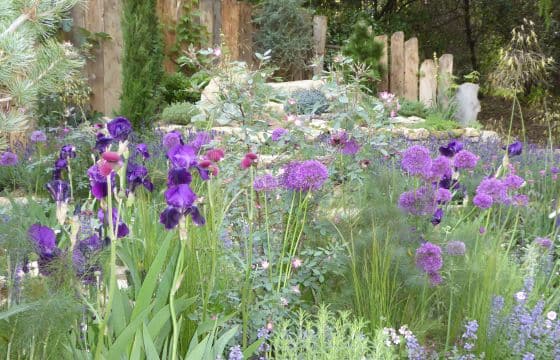
Iris Ikebana Style
Here’s my effort at creating a flower arrangement Ikebana style. This is a Japanese style of arranging flowers. In this photo, it’s a small shallow dish with a metal frog to hold the flowers and leaves in place.
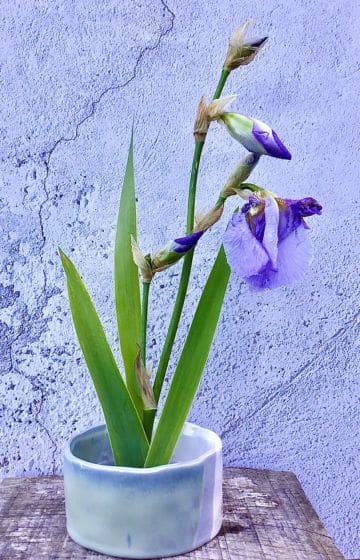
I like this style as it’s really simple but effective way to show off the beauty of single blooms. Great for flowers that have got blown over by the wind and means you gain a few more days to enjoy them.
Here’s the same pot but using Cosmos, Alchemilla mollis and poppy seed heads
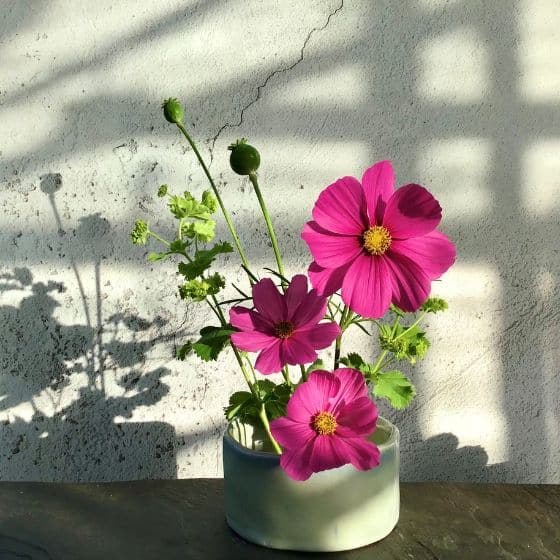
 Free Delivery
Free Delivery Upgrade to 24 Hour Tracked Delivery
Upgrade to 24 Hour Tracked Delivery
